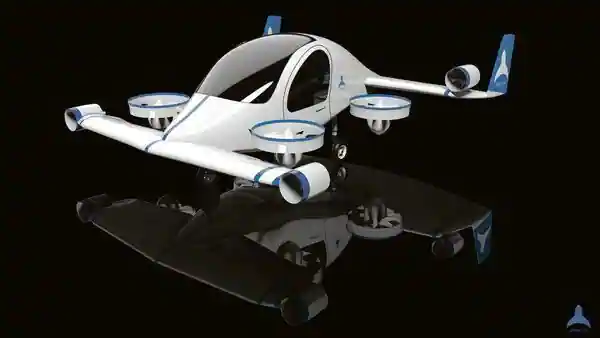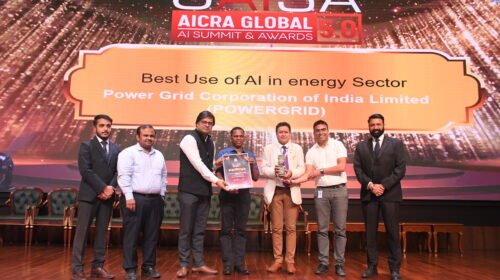The ePlane Company, a 2017 startup established at IIT-Madras, plans to build a commercial prototype of a flying taxi next year.
The ePlane Company, founded by IIT-Madras professor Satya Chakravarthy and IIT alumni Pranjal Mehta, is developing a first prototype of an electric flying taxi called the e200 that it hopes to sell by 2024. The e200 is a two-seater plane with a maximum payload of 200 kilogrammes and a range of 200 kilometres. It can take off and land vertically. It features two propeller sets. One pair permits it to take off vertically, while the other aids in forward motion.
“We are currently assembling the e200. We are in the process of completing the design and will start with fabrication shortly,” said Chakravarthy, co-founder and technology lead at The ePlane Company. “The idea is to make the most compact electric vehicles (flying taxis) in the world, so we can access building rooftops,” he added.
According to reports in the media, the ePlane Company secured $5 million in a pre-Series A financing led by Speciale Invest and Micelio earlier this year.
The company has developed a prototype of the e6, a small electric vertical take-off and landing (e TOL) aircraft that can carry a payload of 6 kilogrammes. It has an 80-kilometer range and is perfect for cargo hauling.
The ePlane Company is also developing the e50, a prototype that can carry 50kg of payload and is expected to be commercialised by 2023.
“The initial regulatory landscape will probably only permit ground landing sites. Maybe we can access rooftops depending on the regulations,” said Chakravarthy.
Only twin-engine helicopters are now permitted to land on building rooftops, according to government regulations. Like helicopters, all of The ePlane Company’s planes can take off and land vertically.
Chakravarthy said the startup would be looking to complete certification processes, and scout for landing sites after completing the prototypes for e200. The aircraft can be charged using the conventional charging methods currently used by electric vehicles. It also works on flash charging options.






I don’t think the title of your article matches the content lol. Just kidding, mainly because I had some doubts after reading the article. https://accounts.binance.com/da-DK/register?ref=V2H9AFPY